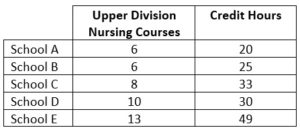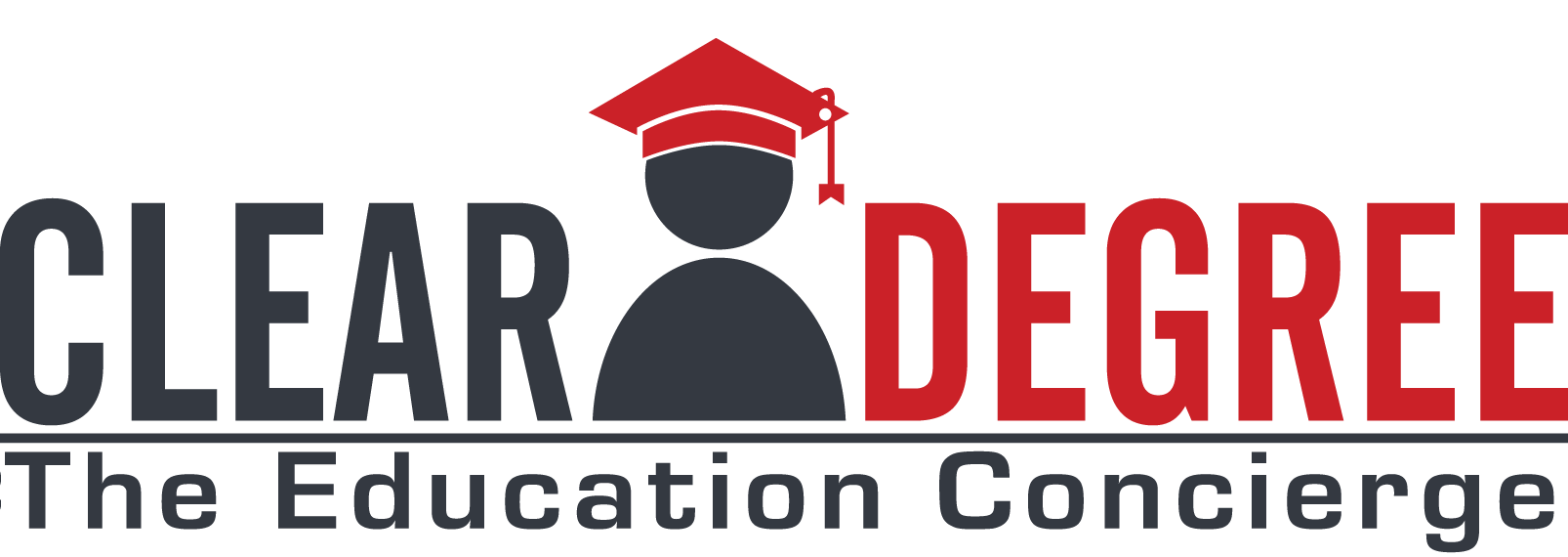It’s Hard Out there for a Nurse (Who Wants a BSN Degree)

If you work in the HR or Nursing department of a hospital, you’re acutely aware of the difficulties in hiring and retaining great nurses. Sometimes it’s because of massive competition (demand) – there are over 50 hospitals, doctors’ offices, stand-along emergency rooms and urgent care facilities within 5 miles of my house! Other times it’s a scarcity of supply, but no matter how rural your location there’s always a need for a nurse and doctor.
A BSN is a great way for a nurse to climb the professional ladder and smart health care organizations are helping nurses obtain their BSN degree. Nurses want it, health care providers want them to have it and patients can ultimately get more effective and efficient health care when they get it. As a result of that demand there are around 600 different online BSN programs to choose from.
So why is it such a hassle to find the right BSN degree?
Even checking rankings of NCLEX scores (the test required for licensure) doesn’t provide much clarity. In Florida for example, nearly 93% of Baccalaureate Degree candidates passed the exam in Q1 of 2019.
To understand how complicated it can be for a working nurse to find their ideal online BSN program on their own, let’s take a real-life example. One of our clients is an RN with an Associates degree and is looking to complete the remaining credits for a BSN.
She initially filled out a form on the website of a school with strong expertise in Nursing. Not surprisingly the school was very “persistent” in their frequency of contact with her and promised to make the enrollment process very simple. She was about to enroll, but also (smartly) felt she needed a wider opinion, so her hospital provider her with an education concierge (us!).
After interviewing her we curated an initial list of a few dozen RN programs, filtering to the 20 that best matched her profile. While this provided a lot of great options, it’s also when things started to get complex. RN to BSN is a degree completion program, but unlike other disciplines the “completion” portion varies widely from school to school.
Each school’s BSN curriculum is focused primarily on the required upper division nursing courses. Within the original list we presented to our client, there were 9 different amounts of required upper division courses, representing 14 different amounts of credit hour totals. A few examples:

…..and everything in between!
Outside of the upper division nursing courses required, each degree program had different ways to get the remaining credits needed to complete the full 120 credit-hour Bachelor’s degree. For example, a couple of programs taught 33 credits of upper division nursing at their school and gave students 87 advanced standing (or “block”) credit based on their prior degree and nursing license.
The others were much more complex. Each degree program had different requirements for how to get the remaining credits, including a variety of gen ed requirements courses and nursing undergrad courses. In addition, each school had different levels of advanced standing credit, with values for nursing licenses and nursing Associate degrees ranging from 36 credits to up to 70 or more. Additionally, a few charged for rewarding the advanced standing credits (most were free).
And we haven’t even gotten to the coursework itself which varied in count, type and electives choices. There is also a clinical component within most programs. The clinical could be made up of 1 to 3 courses, with content ranging from a research paper to a fully interactive clinical experience. However, at least one program had NO clinical requirement at all.
Finally there’s the cost and convenience factor. After receiving receiving our client’s short list, interviewing each school and creating the degree plan, we presented the path to the lowest cost and shortest time to each degree based on a combination of transfer, CLEP and community college credits.
The result? A short list with potential savings of up $10,000 (nearly 60% less) vs her original choice. More importantly she could compare and contrast lower cost degrees with more streamlined options. For some nurses it may be worth spending more to just focus on nursing courses and not worry about gen eds like US History since 1865 or American Literature.
This client was about to waste up to $10,000 because of an impressive sales and marketing process. This is all too common not just for nurses but for professionals in seeking degrees in other subjects taught online. HR professionals and healthcare leaders may find that providing educational assistance without guidance is simply adding more fuel to a very confusing fire.
Do you have employees that are in danger of wasting time and money going back to school? ClearDegree helps with individualized, concierge service complete with detailed degree plans.
